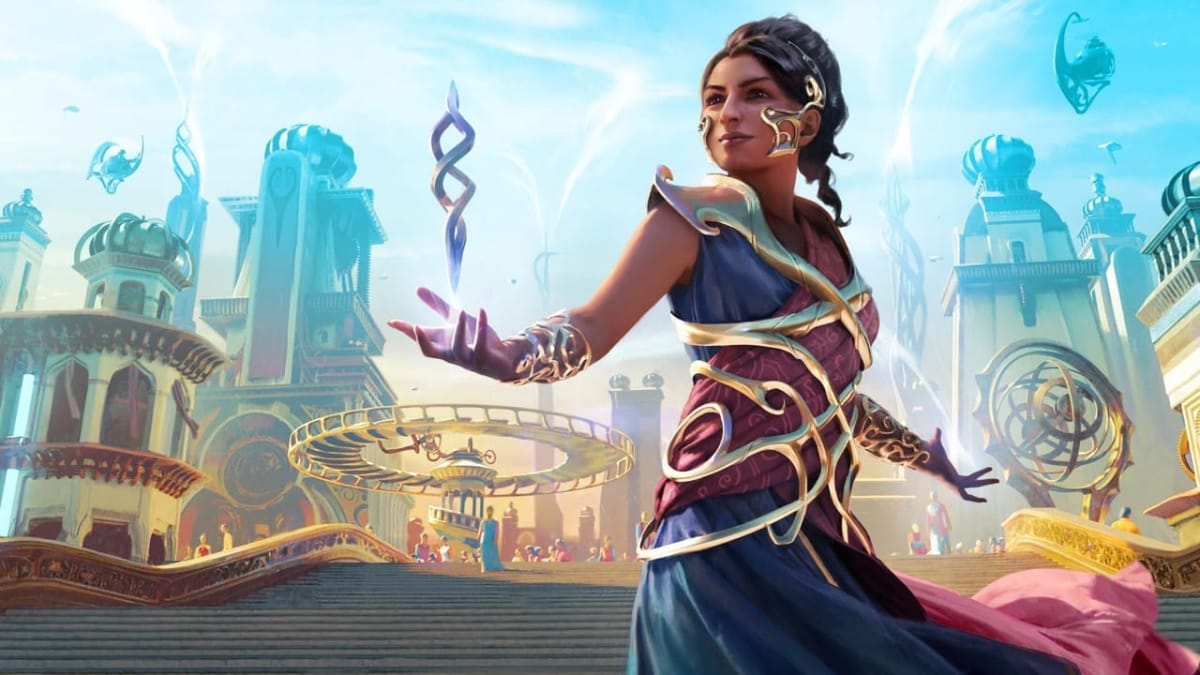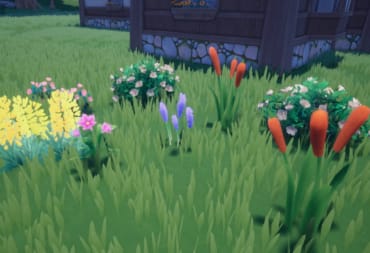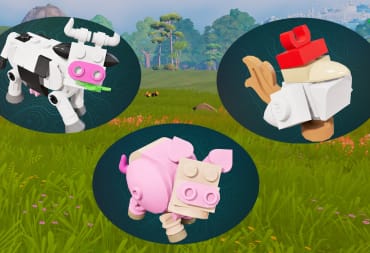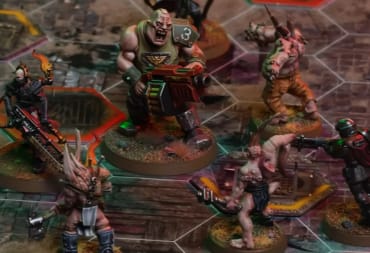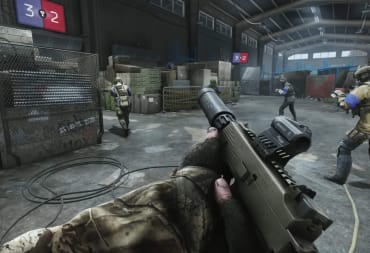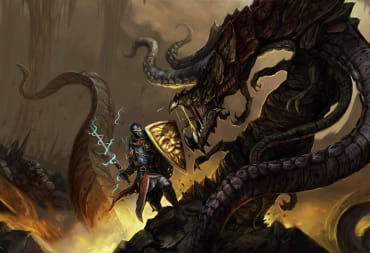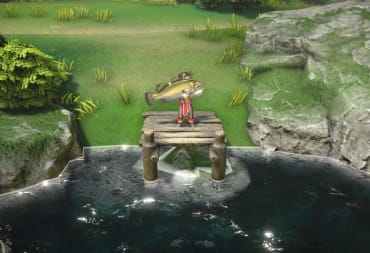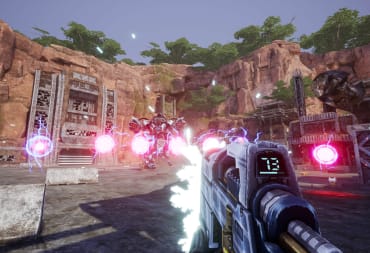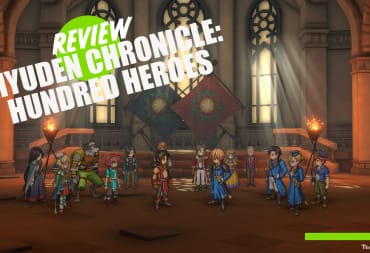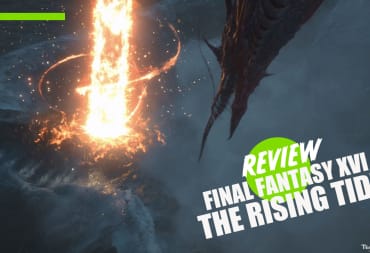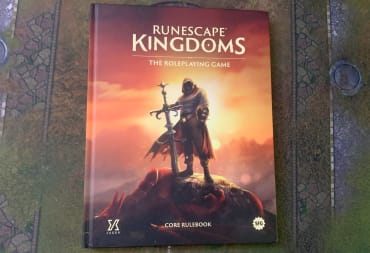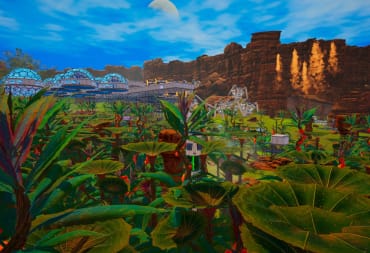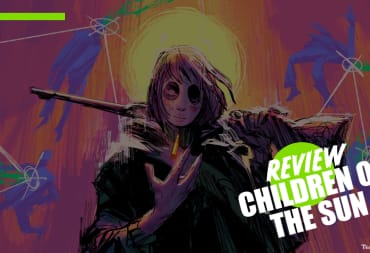Kaladesh is the first set in the Kaladesh block, the first foray by Wizards of the Coast into the artifact-themed, Indian-inspired plane of Kaladesh. Released on September 30, 2016, this set began the third block in the new Magic: The Gathering block format, in which blocks would consist of two sets, not three, and saw Standard rotation return to its original, slower rotation after a year of the new, faster rotation. To see what we thought of the previous block, check out our reviews for Shadows Over Innistrad and Eldritch Moon.
Today, TechRaptor will be taking a look at Kaladesh from a competitive standpoint, looking at how well the set is performing in the Limited Draft and Sealed formats, and looking at what contributions the set has made so far to Standard and the non-rotating formats of Modern, Legacy, Vintage, and EDH/Commander. We’ll also be looking at Kaladesh from a setting viewpoint, seeing how it introduced players to a new plane after two blocks of visiting already-established settings. Finally, we'll touch on the new Kaladesh Inventions, which is the second iteration of the retroactively named Masterpiece Series that began with Zendikar Expeditions in Battle for Zendikar.
Three months after the events of Eldritch Moon, the Gatewatch (now consisting of Jace Beleren, Gideon Jura, Chandra Nalaar, Liliana Vess, and Nissa Revane) has established itself through word-of-mouth on other planes that it stands ready to assist whenever needed. A vedalken Planeswalker named Dovin Baan requests the help of the Gatewatch in providing security for the Kaladesh Consulate's Inventors' Fair, which has been subject to a series of vandalisms and sabotages. While the Gatewatch decides not to investigate the matter as it is an internal Kaladesh affair and doesn't involve extraplanar threats, Chandra (followed by Liliana and Nissa) returns to her home to try and warn the renegades of the Consulate's plans and discovers the situation isn't as simple as they previously thought.
Overall, I thought the Kaladesh plotline was somewhat lacking and stilted, especially after the events of the last two blocks. Historically, the first set in a block has been used to set up the rest of the blocks plot, but that feels even more transparent here; aside from the brief moment when Nissa and Chandra are trapped in the Deadlock Trap, it never really felt like there was any danger present to the protagonists. Even in the set's climactic moment, when the evil Planeswalker Tezzeret is on the brink of destroying Pia Nalaar, there's never any sense that he'll be able to succeed with the entire Gatewatch (plus the leonin Ajani Goldmane) present. In fact, it's revealed that Tezzeret was not only aware of the Gatewatch's presence but was using the match with Pia Nalaar as a distraction to confiscate the inventions from the Inventors' Fair, meaning that he was one step ahead of the Gatewatch the entire time.
Plotline strength aside, I do appreciate that Wizards of the Coast is exploring the dynamics of the Gatewatch relationships and not just having everyone getting along despite some massive differences in philosophy and ideals. With Dovin Baan choosing to deal with the Gatewatch by exploiting the group's tensions, it's likely that this is something we'll see more of in Aether Revolt's plotline.

The plane of Kaladesh has two primary inspirational sources to draw from: artifacts and the real world country of India. I think both aspects were executed fairly well, if albeit in two different fashions. Artifacts provide the beefy framework and design space for the new mechanics and non-keyword abilities to be applied to, while the artwork and overall feel of the set was inspired by Indian designs. Some people have brought up concerns that the Indian culture wasn't very well-represented in Kaladesh in terms of character diversity, but I feel that Wizards of the Coast was able to incorporate the Indian culture into Kaladesh without making it feel obvious or out-of-place.
Outside of the Evergreen mechanics, there are no returning mechanics in Kaladesh; additionally, there are only two new keyword abilities in this set, due to complaints about previous blocks being too complex for players. The new mechanics for this set are Fabricate (when a creature with Fabricate enters the battlefield, either put a number of +1/+1 counters on it or create a number of 1/1 colorless Servo creature tokens) and Crew (tap any number of creatures with a certain power or higher to turn a vehicle sub-type artifact into an artifact creature until the end of the turn). Energy counters are a new type of resource that are used in a variety of situations, such as buffing a creature until the end of turn or in creating Thopter artifact creature tokens.
Of these mechanics, Crew and the Energy counters flourish the best in Limited and Standard, due to occupying a larger design space than Fabricate. Crew was often paired with secondary mechanics, such as those on Skysovereign, Consul's Flagship and Whirler Virtuoso, whereas outside of Angel of Invention the majority of cards with Fabricate simply have Fabricate and bring nothing else to the table. Additionally, the majority of the Fabricate cards simply have too high of a casting cost to be effective in Constructed Magic: The Gathering formats. In Limited, however, Fabricate cards can work as finishers or help to reestablish your board in the case of a board-wipe.
Interestingly, while it's true that there are no returning mechanics in Kaladesh, there are effects on certain cards that are utilized in the same way as existing mechanics, albeit without being bound to a keyword. Notable examples include Metalcraft and Inventors' Fair, and Affinity and Gearseeker Serpent. I'm somewhat confused by Wizards of the Coast saying that there would be no non-Evergreen mechanics and then include the mechanics anyway; my guess is that because Metalwork and Affinity are native to the Mirrodin blocks, they couldn't find a good justification for having them outside of Mirrodin on Kaladesh. It isn't a big problem for me, just something that I found a little perplexing.

Unlike previous Limited environments, what I noticed in my experiences playing in pre-releases and Drafts is that while there are archetypes present in Kaladesh, they aren't as rigid as they usually are in past sets. For example, in Eldritch Moon the Limited archetypes included Green/White Humans, Blue/White Spirits, Red/Green Werewolves, and multiple other two-color pairings; however, in Kaladesh the archetypes are built more around the mechanics rather than forced color pairs. This allows players to be much more innovative than usual in building Limited decks, which fits well with the themes of innovation expressed in the story and lore of Kaladesh.
Standard is, at this point, very much a mess thanks to the presence of Smuggler's Copter. Players who rejoiced at seeing Collected Company rotate with Dragons of Tarkir quickly found themselves having to contend with yet another strong, versatile—and more importantly, cheap to cast—card. While there are lots of diverse decks in Standard—Blue/White Flash, Red/White Vehicles, Black/Green Delirum, Red/Green Energy—almost all make use of Smuggler's Copter in some fashion, and the result is that the decks end up feeling and playing somewhat similarly. The prolific use of Smuggler's Copter in multiple, diverse decks reminds me of when Hangarback Walker was used similarly in the Magic 2015/Theros/Tarkir/Origins Standard; it was so good that it could be used in multiple decks and archetypes, and would work every single time.
Kaladesh also introduced players to the second half of the fast land cycle that began in Scars of Mirrodin, and while I am happy to have them in Modern, I am worried that there are simply too many lands in Standard right now—especially as Wizards of the Coast introduced a return to the previous Standard rotation method. Battle for Zendikar and Oath of the Gatewatch were originally slated to rotate out when Amonkhet releases on April 28, 2017 but will be staying in until the block immediately after Amonkhet releases. Barring Amonkhet not having a land cycle of its own (which is extremely unlikely as land cycles help to sell booster packs), this means that there will be four half-cyles of lands in Standard (the ally-colored battle lands from Battle for Zendikar, the enemy-colored man lands from Battle for Zendikar and Oath of the Gatewatch, the ally-colored shadow lands from Shadows Over Innistrad, and the enemy-colored fast lands from Kaladesh). Even without access to the fetch lands, this is an incredibly high amount of mana fixing, and I worry that expensive three-and-four color Standard decks may become the norm again.
Speaking of Modern, outside of the enemy-colored fast land cycle, Modern received quite a bit of love this set. Cathartic Reunion is a better Tormenting Voice, a card that sees quite a lot of play in Modern Dredge, which has now climbed to become a Tier 1 deck in the Modern format. Fragmentize provides some further cheap artifact-hate, albeit conditional artifact-hate, while Ceremonious Rejection hits colorless spells—a very wide category that includes everything from artifacts to Eldrazi. Madcap Experiment has been compared favorably to Possibility Storm, a card from Dragon's Maze, but I've yet to see Madcap Experiment make a splash in Modern; it may have been overhyped, or this may just be a case of a card not having the right shell at the moment.

Of course, the card that has attracted the most attention is Chandra, Torch of Defiance, a card that was vastly hyped up due to having four abilities, which is rare to see on a Planeswalker card. Unfortunately, Chandra hasn't performed as well as expected, due to being too slow for Aggro decks to make use of and not relevant for Control decks. Many have thus pondered new, previous-unseen decks and shells to utilize Chandra to her fullest extent, but none have materialized at the time of writing this article. However, this Chandra ended up being featured as a one-off card in the winning deck of Grand Prix Dallas 2016, Skred Red, which came out of nowhere to win with a surprising 9-1 record.
EDH/Commander received some interesting toys to work with as well. Depala, Pilot Exemplar ended up being a very surprising addition to the list of possible Commanders, giving the long forgotten and neglected Dwarf Tribal deck some hope of relevancy. Kambal, Consul of Allocation has excellent synergy with currently existing Black/White lifegain decks, and I'm currently in the process of building an updated version for casual play with my group. Rashmi, Eternities Crafter has an ability that boils down to essentially "Cascade or Draw," making her an incredibly versatile Commander to build a deck around. Of course, what has every EDH/Commander player excited is Panharmonicon, which causes all abilities triggered by creatures entering the battlefield to trigger an additional time.
Finally, we turn our attention to the Kaladesh Inventions. Most players weren't too happy with the Zendikar Expeditions in Battle for Zendikar, feeling that they were used to help sell a very underpowered set. This feeling was compounded by the fact that they were announced towards the beginning of preview season, meaning that the focus was on the Zendikar Expeditions moreso than the set itself. This wasn't the case with Kaladesh and the Kaladesh Inventions; the cards weren't revealed until roughly half of the set had been spoiled, meaning that the focus of preview season was on the Kaladesh cards and not the Kaladesh Inventions. There also wasn't a feeling that Wizards of the Coast were using them to sell an underpowered or otherwise lackluckster set; however, I do dislike that they're going to become the norm for every block moving forward. I think having them make an occasional appearance would make them feel and appear more significant when players find them in their booster packs, instead of creating what is essentially a new rarity tier.
The other issue is that Kaladesh Inventions didn't achieve what it set out to do, according to Wizards of the Coast—create an accessible Standard format. While what players define as "accessible" and what Wizards of the Coast defines as "accessible" have never been eye-to-eye (along with the definition of "budget play"), one simply has to take a look at the secondary market prices for the top-performing decks of Standard decks to see that Kaladesh Standard is still inaccessible to many players. The inability of players to afford Standard has led to a near-universal drop in Standard attendance; Wizards of the Coast acknowledges this with their recent announcement of the "Standard Showdown: Kaladesh" pilot program, but as I said in that article it's a solution that addresses the symptoms, not the cause. In that same vein, I think the Masterpiece Series (the Kaladash Inventions) only addresses the symptoms of the drop in Standard attendance, not the root cause, but I remain hopeful that they will have a noticeable effect on Standard, and that more players can afford to build decks and attend Friday Night Magic and other Standard games.
Defining cards: Kaladesh is somewhat odd in that Wizards of the Coast pre-emptively designated certain cards as being "defining," thanks to the new Story Spotlight watermark and new storyline URL text. The five cards designated as being Story Spotlights are Inventors' Fair, Captured by the Consulate, Deadlock Trap, Fateful Showdown and Confiscation Coup, and represent pivotal moments within the Magic Story articles. I personally like this idea from Wizards of the Coast; it helps to better integrate the story and the game when previously many new players weren't aware of the long-running storyline or history behind each set and block.
The Gearhulk cycle (Cataclysmic Gearhulk, Combustible Gearhulk, Noxious Gearhulk, Torrential Gearhulk, and Verdurous Gearhulk) are functionally very similar to the Titan cycle from Magic 2011, with the caveat that the abilities trigger once when they enter the battlefield, not repeatably when they attack. Even without the repeated access to their abilities, each of the Gearhulk cards has strong abilities that can easily change the course of a game around.
Bottom line: Kaladesh is a thematically interesting set but suffers from a lackluster, flat storyline and a Standard that is overly-centralized around one card. However, the multiple archetypes that have emerged from Kaladesh means that the set will still be relevant, even when newer blocks are released by Wizards of the Coast.
The author of this review participated in Kaladesh drafts, Magic: The Gathering pre-release events, Standard format competitions and purchased Kaladesh product at his local game store. The author also previewed four cards, which were provided by Wizards of the Coast PR.
Review Summary
Kaladesh is a thematically strong set but suffers from a weak storyline and has a Standard overcentralized around one card.
(Review Policy)Pros
- Great set flavor
- Interesting, well-explored mechanics
- Support for Modern and EDH/Commander
Cons
- Smuggler's Copter overcentralizing Standard
- Flat, uninteresting storyline
- Failure to address issues with standard accessibility
Have a tip, or want to point out something we missed? Leave a Comment or e-mail us at tips@techraptor.net
